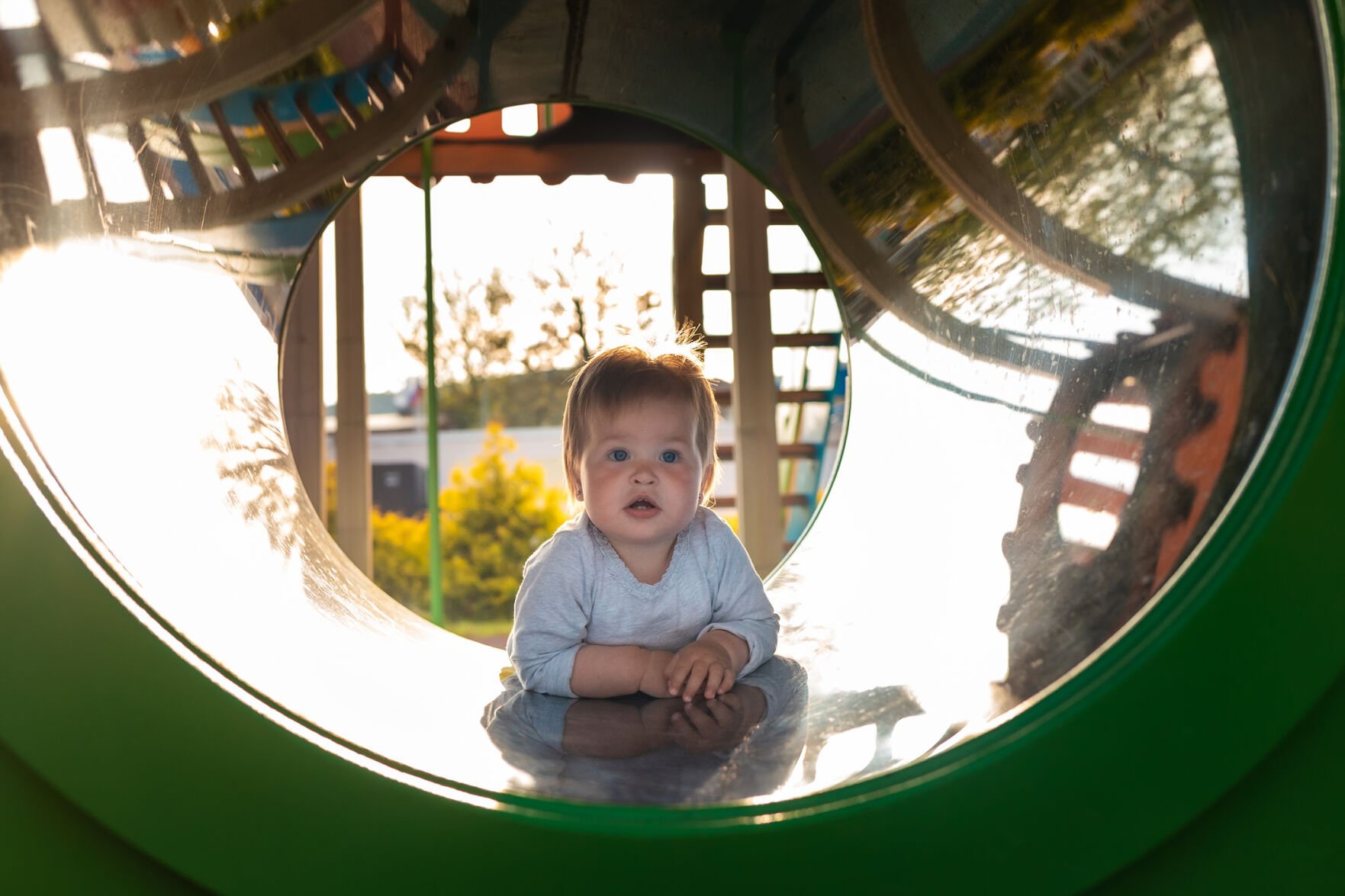Catching autism early can lead to better life for a child
DEAR MAYO CLINIC: My 2-year-old niece has had several issues since birth, and she is behind in her communications and attention. I wonder if she may be on the autism spectrum. Before I mention it to my sister, can you explain autism and how it is best treated?
ANSWER: Autism is one of a group of serious developmental problems called autism spectrum disorder that appears in early childhood — usually before age 3. Though symptoms and severity vary, all autism spectrum disorders affect children’s ability to communicate and interact with others.
Children with autism generally have problems in three crucial areas of development: social interaction, language and behavior. Some children show signs of autism in early infancy. Other children may develop normally for the first few months or years of life, but then they suddenly become withdrawn or aggressive or lose language skills they had already acquired.
Catching autism spectrum disorder early can improve quality of life. By recognizing the early signs and symptoms, you can help children learn, grow and thrive.
Signs of autism
Some children show signs of autism spectrum disorder in early infancy, such as reduced eye contact, lack of response to their name or indifference to caregivers. Others develop normally for the first few months or years of life, but then they suddenly become withdrawn or aggressive or lose language skills they had already acquired. Signs usually are seen by age 2.
Children with autism spectrum disorder are likely to have a unique pattern of behavior and level of severity — from low-functioning to high-functioning.
Some children with the disorder have difficulty learning, and some have signs of lower-than-normal intelligence. Other children have normal to high intelligence. While they learn quickly, they have trouble communicating, applying what they know in everyday life and adjusting to social situations. Because children can have a unique mixture of symptoms, severity sometimes can be difficult to determine. Severity generally is based on the level of impairments and how those impairments affect functional ability.
Communication problems
Children with autism spectrum disorder may have problems with communication skills and social interaction. Common signs include:
- Failing to respond to their name or appearing not to hear you at times.
- Resisting cuddling and holding, and seeming to prefer playing alone.
- Having poor eye contact and lacking facial expression.
- Not speaking, having delayed speech or losing previous ability to say words or sentences.
- Inability to start a conversation or keep one going.
- Speaking with an abnormal tone or rhythm and possibly using a singsong voice or robot-like speech.
- Repeating words or phrases verbatim but not understanding how to use them.
- Appearing not to understand simple questions or directions.
- Not expressing emotions or feelings and appearing unaware of others’ feelings.
- Not pointing at or bringing objects to share interest.
- Inappropriately approaching social interactions by being passive, aggressive or disruptive.
- Difficulty recognizing nonverbal cues, such as interpreting other people’s facial expressions, body postures or tone of voice.
Behavioral problems
Children with autism spectrum disorder may have limited, repetitive patterns of behavior, interests or activities, including:
- Performing repetitive movements, such as hand-flapping, rocking or spinning.
- Performing activities that could cause self-harm, such as biting or head-banging.
- Developing specific routines or rituals and becoming upset at the slightest change.
- Problems with coordination, odd movement patterns and odd, stiff or exaggerated body language.
- Fascination with details of an object, such as the spinning wheels of a toy car, but not understanding the overall purpose or function of the object.
- Unusual sensitivity to light, sound or touch but indifference to pain or temperature.
- Not taking part in imitative, make-believe play or cooperative play with other children.
- Fixating on an object or activity with abnormal intensity or focus.
- Only wanting to eat a few specific foods or refusing foods with a certain texture.
Some children with the disorder become more engaged with others and show fewer disturbances in behavior as they mature. Those with the least severe problems eventually may lead normal or near-normal lives. Others, however, continue to have difficulty with language or social skills, and the teen years can bring worse behavioral and emotional problems.
Based on the signs and symptoms, if you believe your niece may have autism spectrum disorder, discuss this with your sister, and encourage her to ask about developmental testing.
Treatment
While there is no cure for autism, intensive, early diagnosis and treatment can make a big difference in the lives of many children with the disorder.
The ultimate goal of treatment is to increase children’s ability to function, reduce symptoms and help children’s development and learning. Autism symptoms and severity differ greatly. Thus, treatment options for children diagnosed with autism also vary. Typically, treatment options can include individualized behavioral interventions, speech and occupational therapy, medications and other therapies that include the whole family.
Regardless of your niece’s diagnosis, remind your sister that you are there for her, and encourage her to talk to her health care provider about the treatment options that best suit her child’s needs.

